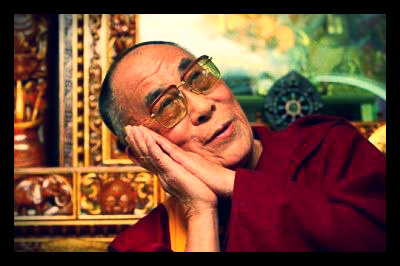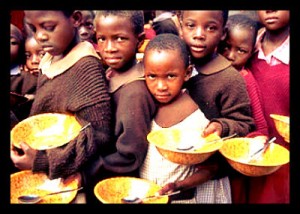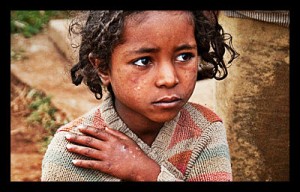
While education in Nepal greatly improved throughout the twentieth century, Nepal still faces many struggles, to date. The education challenges largely relate to poverty in Nepal.
1. The current education system in Nepal is one of the youngest in the world. Until recent years, Nepal followed a three-tier education system, modeled on the traditional Indian system, which ear-marked ten years for school education, four years for college education, and two for a Masters program at university.
2. Education in Nepal improved throughout the twentieth century. In 1951, Nepal only had 9,000 students in primary school, 1,700 in secondary school and about one hundred in two undergraduate colleges. There was no university, and adult education stood at only 5 percent. From 1971 to 2001, primary school numbers grew from 400,000 to 3.9 million, secondary school increased from 120,000 to 1.5 million and post-secondary level increased from 17,000 to 210,000. Literacy rates improved greatly, from 23 percent in 1981 to 54 percent in 2001.
3. School attendance has been unequal across income and gender groups, due to poverty and lack of value on education. As of 2006, 76 percent of the Terai Dalits, 62 percent of Muslims and 45 percent of the Hill ethnic group had not been to school. The Dalits have the lowest rate for completing primary school, trailed by the Muslims. The national enrollment for females between the ages of six and ten is 67 percent, compared to 78 percent for males. On top of families not valuing education for girls, girls themselves do not want to attend school because they may not understand the dialect there, there are no toilets for them to use, and as they get older, they feel it is not appropriate for them to use the fields to “tend to their menstrual cycles.”
4. Nepal’s education system is of poor quality, especially in public schools. Studies reveal that hardly any learning and teaching occurs in rural public schools. There is very little testing and no help for students who are struggling.
5. There is a shortage of funds. There is a shortage of funds for learning tools such as extra classrooms, libraries, scientific equipment, laboratories, field work and research. Nepal spends 16 percent of the national budget on education. Nepal’s share of higher education in the education budget was 6% in 2004, which was one of the lowest in the world.
6. Families in Tibetan villages have been sending their children away for better education. Nepal has also been struggling with families in Tibetan villages in Nepal sending their children away for better education. An estimated 1 percent of Nepal’s population is estimated to leave the country every year for better schooling. This is a severe blow to education in Nepal.
7. There is hope for education in Nepal. Despite current struggles for education in Nepal, UNESCO has pointed out that there are ways to remedy the situation. Different policies have helped countries as diverse as Nepal and Nigeria get more children into school. Organizations such as the Global Partnership for Education and Reach out to Asia (ROTA) are raising funds to support educational projects in Nepal and other countries. The Global Partnership for Education will be holding a summit in Brussels, where governments will pledge funding for education. The global summit is seeking $3.5 billion in education pledges. ROTA raises funds to support educational projects in Nepal, Yemen, Lebanon, Palestine and Pakistan. In Nepal, 50,000 children will benefit from ROTA’s project, which aims to enhance the quality of education resources and facilities. ROTA’s on-going project focuses on rural communities, as well as education training, emphasizing the empowerment of the youth of Nepal.
While facing many current struggles, there is hope for a bright future for education in Nepal. ROTA’s Executive Director, Essa Al Manaai, stated “Our aim is to secure a better future and provide hope to these vulnerable children to ensure they can receive support for their educational needs. Together with our valued volunteers and esteemed partners, ROTA will once again make a difference to disadvantaged communities in all of our neighbouring countries during the Holy Month of Ramadan.”
– Colleen Moore
Sources: Educate Nepal, Himalaya, Quartz India, Huffington Post, BBC, The Guardian, Zawya
Photo: Quartz India
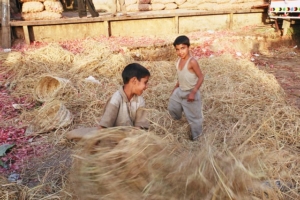
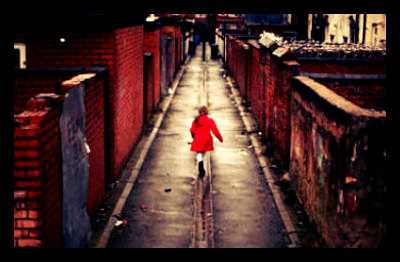

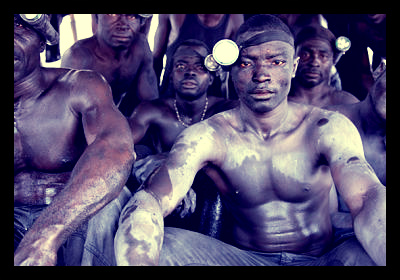
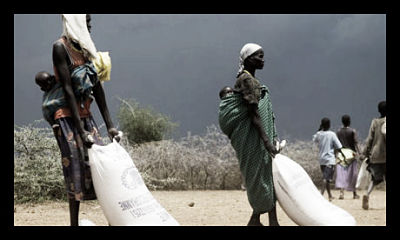
 Nearly half the population in Sub-Saharan Africa lives below the international poverty line. Discussed below are five shocking statistics regarding poverty in Sub-Saharan Africa.
Nearly half the population in Sub-Saharan Africa lives below the international poverty line. Discussed below are five shocking statistics regarding poverty in Sub-Saharan Africa.